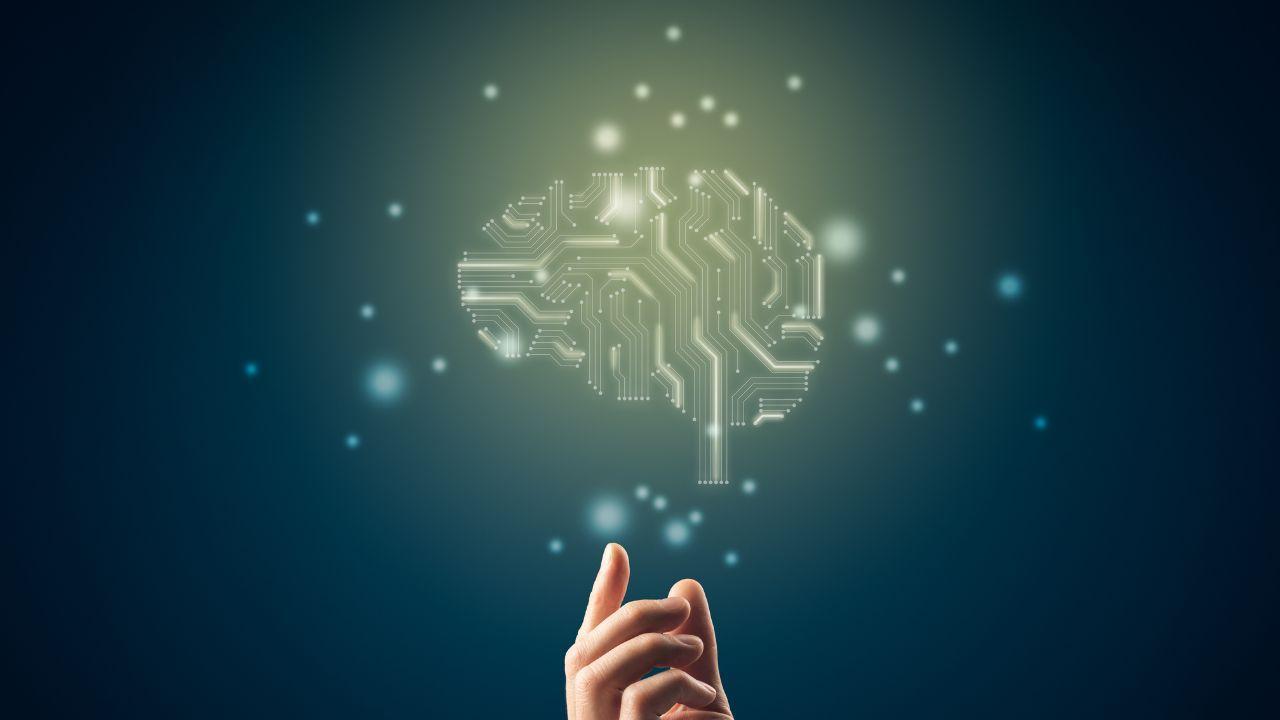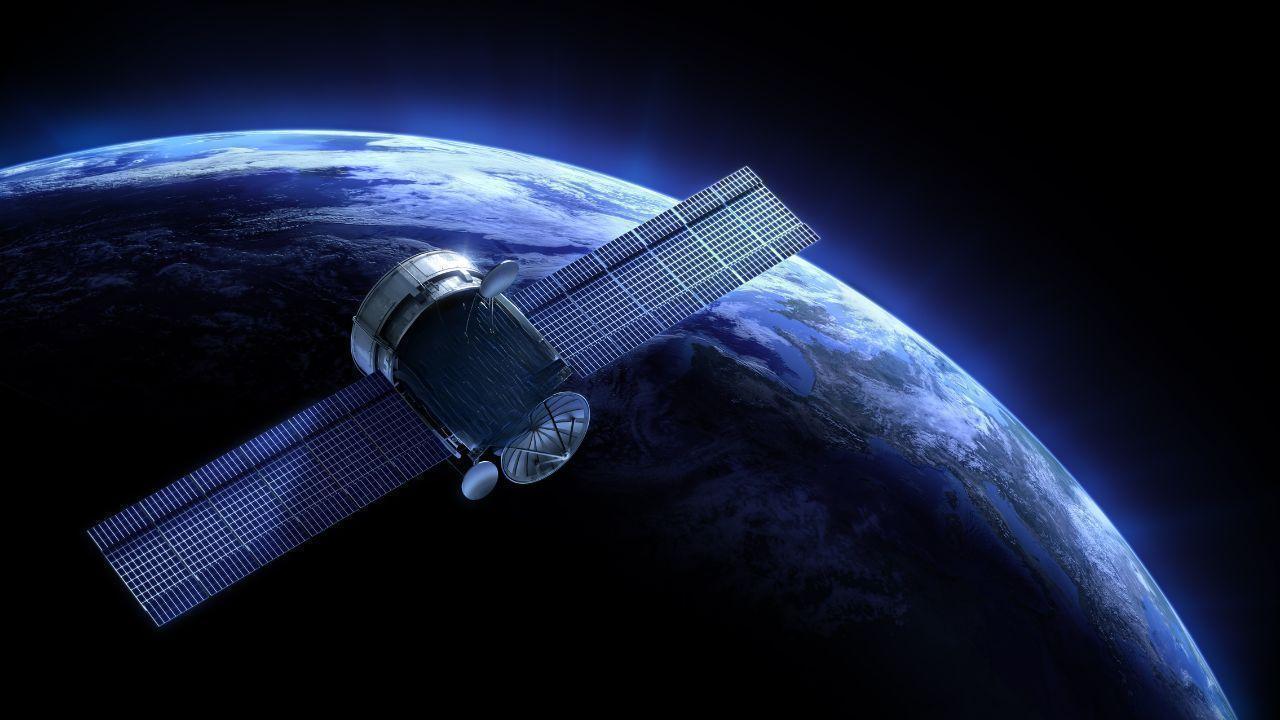
Post by : Zayd Kamal
Everyday Examples of Edge Computing in Action
In today's digital age, speed, efficiency, and real-time access to information have become essential. As more people rely on connected devices, cloud computing alone isn't always enough to deliver the performance we need. That’s where edge computing steps in. The concept might seem complex, but in simple terms, it brings data processing closer to where the data is created. In this article, we’ll explore exactly what edge computing is, why it matters, and how it’s transforming the future of technology through a deep dive into the topic: Understanding the Hidden Power of Edge Computing.
What Is Edge Computing?
To begin understanding the hidden power of edge computing, it's helpful to compare it with traditional cloud computing. In cloud computing, data is sent to distant data centers for processing and storage. This model works well for many applications, but it can introduce delays—known as latency—especially when real-time decisions are required. Edge computing changes that. It processes data at or near the source of data generation—like sensors, cameras, or local servers—rather than relying on a centralized cloud. This local processing allows for faster responses and more efficient use of bandwidth.
Why Speed and Proximity Matter
Let’s take a real-world example. Imagine an autonomous car navigating traffic. If it has to send data to a far-off cloud server and wait for a response, even a delay of a second could cause a critical error. Edge computing allows the car’s systems to process data in real-time, making decisions immediately. This is the essence of understanding the hidden power of edge computing—its ability to dramatically reduce latency and increase responsiveness, particularly for time-sensitive tasks.
How Edge Computing Supports Smart Devices
Today, we live in a world filled with smart devices—from phones and wearables to thermostats and security cameras. These devices generate huge volumes of data every second. Relying solely on cloud infrastructure to handle this data would overwhelm networks and delay responses. Edge computing offers a smarter solution. By analyzing and filtering data locally, it helps these devices respond faster and more intelligently. This advantage is a key part of understanding the hidden power of edge computing, especially in homes, cities, and industries that depend on the Internet of Things (IoT).
The Role of Edge Computing in Everyday Life
You might not realize it, but edge computing is already part of your everyday life. When your smart speaker processes a voice command instantly, or your phone uses facial recognition without sending data to a remote server, that's edge computing at work. In retail stores, edge computing helps manage inventory and customer preferences in real time. In healthcare, it powers wearable devices that track vital signs and alert users or doctors immediately when something's wrong. These examples make understanding the hidden power of edge computing not just a tech topic, but a personal one too.
Edge Computing and Data Privacy
As we generate more personal data, privacy and security concerns are more important than ever. One significant benefit of edge computing is that it allows sensitive data to be processed locally rather than sent across the internet. This reduces the risk of breaches and helps businesses comply with data protection laws. For anyone trying to protect personal or business information, understanding the hidden power of edge computing also means recognizing its role in creating safer digital experiences.
Industry Applications and Real-World Impact
Different industries are tapping into edge computing to solve real challenges. In manufacturing, edge computing powers smart factories where machines can adjust operations instantly. In agriculture, it helps monitor weather conditions and soil health in remote locations. In sports, it provides real-time performance analytics. By making decisions faster and smarter, edge computing is not just an upgrade—it’s a game changer. These transformations highlight why understanding the hidden power of edge computing is crucial for anyone interested in the future of technology.
Edge vs. Cloud: A Perfect Partnership
It’s important to note that edge computing doesn’t replace the cloud—it complements it. The cloud is still essential for storing large amounts of data and running complex analytics. But when you need fast, local decisions, edge computing steps in. This partnership allows businesses to optimize performance and reduce costs. So, part of understanding the hidden power of edge computing is knowing how it works together with the cloud to deliver better overall results.
Challenges in Adopting Edge Computing
While the benefits are clear, implementing edge computing isn’t without its hurdles. It requires new infrastructure, trained personnel, and sometimes significant investment. Businesses also need to ensure they have strong cybersecurity measures in place, as edge devices can be targets for hackers. Still, the long-term benefits—from speed to scalability—make it a worthwhile move for many organizations. Fully understanding the hidden power of edge computing includes being aware of these challenges and how to overcome them.
The Future of Edge Computing
The future is bright for edge computing. With the rise of 5G networks, even more devices will be able to operate at lightning-fast speeds. Innovations in artificial intelligence will further enhance edge capabilities, allowing for more personalized and adaptive services. Whether it’s powering smart homes, autonomous vehicles, or virtual reality experiences, edge computing is set to become a central part of our digital world. That’s why understanding the hidden power of edge computing is not just valuable—it’s essential for keeping up with technology.
Disclaimer:
The information presented in this article is for general informational purposes only and does not constitute professional advice. While every effort has been made to ensure the accuracy and reliability of the content, DXB News Network does not assume any responsibility for errors, omissions, or outcomes related to its use. Readers are encouraged to conduct their own research or consult with qualified professionals before making any decisions based on the information provided.
#trending #latest #EdgeComputing #SmartTechnology #TechInnovation #FutureOfTech #RealTimeData #IoT #DigitalTransformation #TechTrends #NextGenComputing #ConnectedWorld #breakingnews #worldnews #headlines #topstories #globalUpdate #dxbnewsnetwork #dxbnews #dxbdnn #dxbnewsnetworkdnn #bestnewschanneldubai #bestnewschannelUAE #bestnewschannelabudhabi #bestnewschannelajman #bestnewschannelofdubai #popularnewschanneldubai










Rashid Al Obad Appointed Director General of Shams
Sheikh Sultan issues Emiri Decree appointing Rashid Al Obad as Director General of Sharjah Media Cit

Dubai’s Government Best Practices Series 2025 Highlights Innovation
The Government Best Practices Series 2025 in Dubai focused on government innovation, digital service

Dubai Hosts GenAI Masterclass for Future Family Leaders
Dubai Centre for Family Businesses held a GenAI masterclass to train 24 young leaders in using AI fo

ArtDomain by DXB News Network Opens to Strong Global Response — Applications Begin for A50 and The Art Guild.
ArtDomain by DXB News Network Opens to Strong Global Response — Applications Begin for A50 and The A

Dembele's Goal Gives PSG a 1-0 Win Over Arsenal in Semi-final
Ousmane Dembele scores early to give PSG a 1-0 win over Arsenal in their Champions League semi-final

Goa Positions Itself as a Future-Ready Tourism State at Arabian Travel Market 2025, Dubai
Goa Positions Itself as a Future-Ready Tourism State at Arabian Travel Market 2025, Dubai

First-of-its-kind Satellite to Measure Carbon in Rainforests
The Biomass satellite will measure how much carbon rainforests store, helping track climate change a

Mark Carney's Liberals Win Canada Vote, Eye Talks With Trump
Mark Carney leads Canada's Liberals to election win, plans to meet Trump for new trade talks and boo